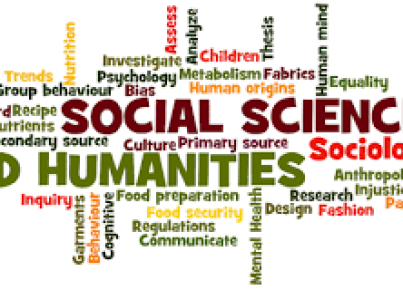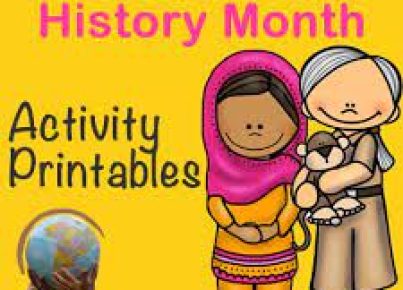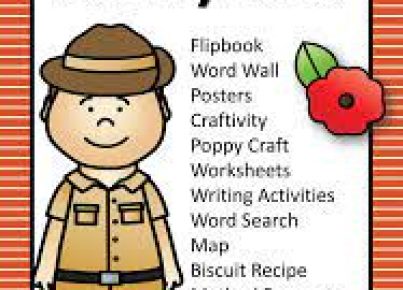The use of “Social Stories” has emerged as an innovative educational strategy to help students with Autism Spectrum Disorder (ASD) navigate social interactions and understand complex social cues. However, their utility extends beyond special education settings and can be beneficial in mainstream classrooms too. Here are 25 ways Social Stories can be used:
1. Enhancing Empathy: Social stories can illustrate different perspectives and feelings that friends might experience, promoting empathy among students.
2. Explaining Classroom Rules: Simplified narratives can clarify classroom rules for all students, ensuring everyone understands expected behaviors.
3. Promoting Inclusion: Stories about diversity and acceptance encourage inclusion for students of all abilities and backgrounds.
4. Improving Transitions: Moving between activities can be difficult; social stories can prep students for changes in routine.
5. Preparing for Substitutes: A story explaining the arrival of a substitute teacher can ease anxiety some students may feel.
6. Encouraging Sharing: Sharing toys or materials is a common issue; social narratives can teach the benefits and logistics of sharing.
7. Facilitating Group Work: Stories about collaboration can prep students on how to work effectively with peers on group projects.
8. Teaching Conflict Resolution: Scenarios presented in social stories can demonstrate peaceful ways to resolve conflicts.
9. Modeling Good Listening Skills: Social stories can highlight the importance of listening skills during class.
10. Understanding Nonverbal Cues: Stories can be used to explain body language and facial expressions typical in communication.
11. Managing Emotions: They’re great tools for helping children recognize and cope with various emotions such as frustration or excitement.
12. Explaining School Events: Describing events like fire drills or assemblies helps prepare students for these occurrences.
13. Encouraging Hygiene Practices: Handwashing or personal space stories can promote health and safety within the classroom.
14. Building Friendships: Narratives focusing on making friends support social relationship building among classmates.
15. Teaching Problem-Solving Skills: Students learn to approach problems and find solutions through structured story scenarios.
16. Understanding Time Management: Illustrations showing time-related concepts help students grasp punctuality and patience.
17. Promoting Respectful Behavior: Through stories, children learn the importance of treating others with respect.
18. Improving Attention During Lessons: Social stories related to attentiveness show how staying focused contributes to learning success.
19. Encouraging Positive Play: Stories model positive play behaviors during recess or free play moments.
20. Navigating Cafeteria Etiquette: A story explaining cafeteria behavior teaches everything from queuing to table manners.
21. Promoting Responsibility: Children learn about responsibilities through examples like taking care of personal belongings or classroom duties.
22. Understanding Cultural Differences: Educational narratives present different cultures, fostering a multicultural appreciation among students.
23. Supporting New Learning Challenges: As new topics are introduced, social stories set up expectations and simplify complex ideas.
24. Normalizing Mistakes: By sharing tales of errors made by others and subsequent lessons learned, children understand that making mistakes is okay.
25. Celebrating Achievements: Highlighting individual or group achievements in stories fosters a sense of pride and motivation in learning environments.
Incorporating Social Stories into mainstream classrooms is not just a tool for easing the academic journey for students with ASD; it fortifies the learning experiences for all children by nurturing an environment filled with understanding, compassion, and cooperation—all foundational elements for effective education in a diverse world.





